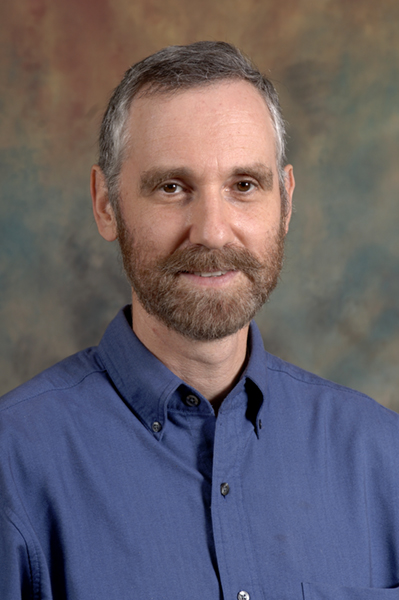
Research Topics
We are studying structure and function of cells and mitochondria from the cardiovascular system along two principal and distinct lines: 1) control mechanisms for matching ATP supply and demand in heart mitochondria, with a major focus on discovery of novel and fundamental properties of ATP synthase, 2) mechanisms of protection of the myocardium against injury, especially from that of ischemia-reperfusion. Two additional area that had been primary interests of the Section in the past are pursued now as secondary research objectives when they meaningfully support the principal lines above: 3) mechanisms of cardiac contractility, and 4) cellular changes after vascular injury. An underlying theme in each of these areas involves the pursuit and development of single cell, subcellular and single-molecule biophysical methods to overcome certain limitations and complexities inherent in in vivo and in multicellular in vitro experimental systems, to gain an understanding of basic cell biological processes that may have implications for the pathophysiology and treatment of human disease, and its relevance for aging.
Biography
Dr. Sollott received his M.D. from the University of Rochester and completed his residency in internal medicine at a Cornell University program. He subsequently completed his cardiology fellowship at Johns Hopkins University and an NIH medical staff fellowship at NIA's Laboratory of Cardiovascular Science. His research attempts to bridge interests spanning basic and clinical science to therapeutics.
Selected Publications
- Juhaszova M, Kobrinsky E, Zorov DB, Nuss HB, Yaniv Y, Fishbein KW, de Cabo R, Montoliu L, Gabelli SB, Aon MA, Cortassa S, Sollott SJ. ATP Synthase K+- and H+-fluxes Drive ATP Synthesis and Enable Mitochondrial K+-"Uniporter" Function: II. Ion and ATP Synthase Flux Regulation. Function (Oxf). 2022;3(2):zqac001.
- Juhaszova M, Kobrinsky E, Zorov DB, Nuss HB, Yaniv Y, Fishbein KW, de Cabo R, Montoliu L, Gabelli SB, Aon MA, Cortassa S, Sollott SJ. ATP Synthase K+- and H+-Fluxes Drive ATP Synthesis and Enable Mitochondrial K+-"Uniporter" Function: I. Characterization of Ion Fluxes. Function (Oxf). 2022;3(2):zqab065.
- Aon MA, Cortassa S, Juhaszova M, González-Reyes JA, Calvo-Rubio M, Villalba JM, Lachance AD, Ziman BD, Mitchell SJ, Murt KN, Axsom JEC, Alfaras I, Britton SL, Koch LG, de Cabo R, Lakatta EG, Sollott SJ. Mitochondrial health is enhanced in rats with higher vs. lower intrinsic exercise capacity and extended lifespan. NPJ Aging Mech Dis. 2021;7(1):1.
- Juhaszova M, Zorov DB, Kim SH, Pepe S, Fu Q, Fishbein KW, Ziman BD, Wang S, Ytrehus K, Antos CL, Olson EN, Sollott SJ. Glycogen synthase kinase-3beta mediates convergence of protection signaling to inhibit the mitochondrial permeability transition pore. J Clin Invest. 2004;113(11):1535-49.
- Zorov DB, Filburn CR, Klotz LO, Zweier JL, Sollott SJ. Reactive oxygen species (ROS)-induced ROS release: a new phenomenon accompanying induction of the mitochondrial permeability transition in cardiac myocytes. J Exp Med. 2000;192(7):1001-14.
Related Scientific Focus Areas


Biomedical Engineering and Biophysics
View additional Principal Investigators in Biomedical Engineering and Biophysics


This page was last updated on Thursday, August 10, 2023